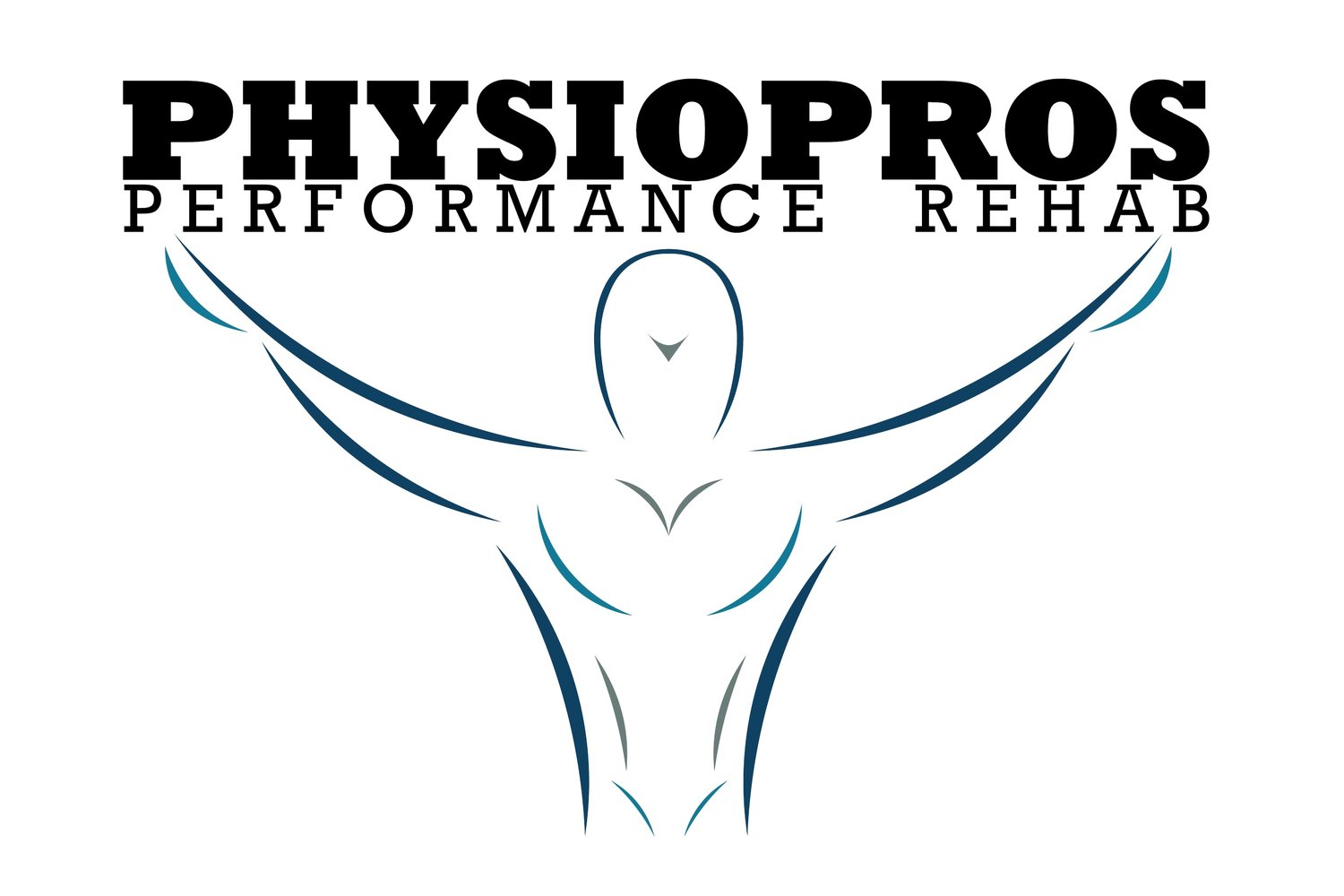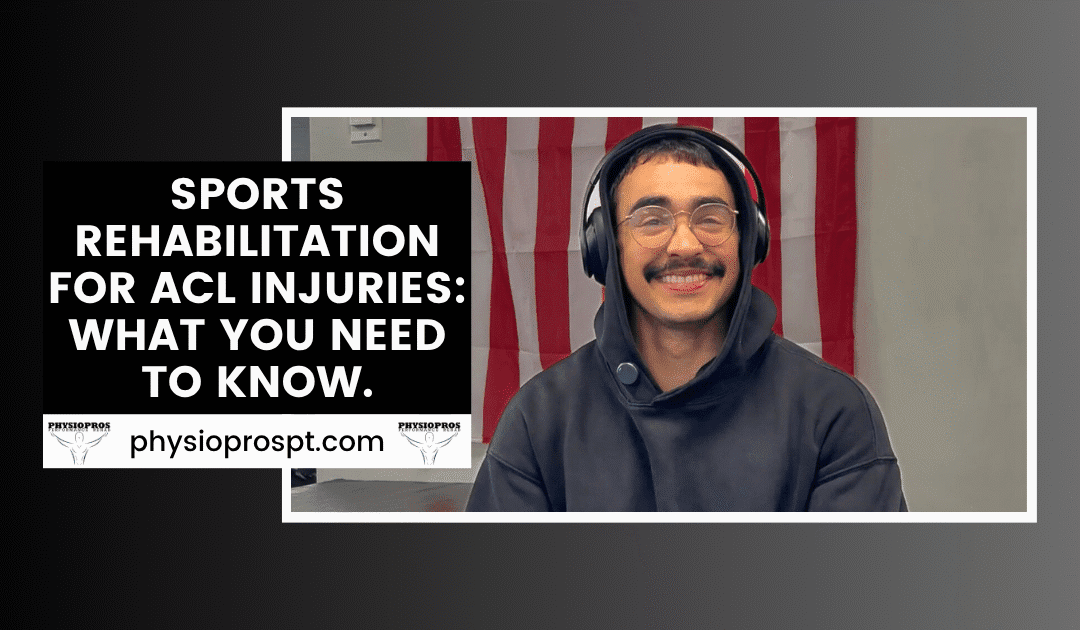Sports Rehabilitation for ACL Injuries: What You Need to Know.
Audio Version:
If you’ve ever torn your ACL—or know someone who has—you know how game-changing recovery can be. At Physiopros Performance Rehab in Parsippany, NJ, we specialize in sports rehabilitation that gets you back on your feet faster and stronger. In fact, our tailored programs combine hands-on therapy, targeted exercises, and cutting-edge techniques to guide you through every step of the healing process.
Moreover, understanding sports rehabilitation for ACL injuries isn’t just about bouncing back—it’s about rebuilding confidence and preventing future setbacks. In this guide, we’ll break down exactly what an ACL injury entails, explain why a structured rehab plan matters, and walk you through the key phases of recovery. Along the way, you’ll discover common pitfalls to avoid and pro tips to keep your knee healthy for the long haul.
By the end, you’ll know what to expect from day one through your full return to play. Plus, you’ll see how Physiopros Performance Rehab’s expert team in Parsippany, NJ, can support your journey every step of the way.
What Is an ACL Injury?
First, let’s break down the basics. The ACL, or anterior cruciate ligament, sits at the center of your knee and connects the thigh bone to the shin bone. Essentially, it stabilizes your knee when you twist, pivot, or land.

Anatomy of the Knee (https://healacl.com/what-is-an-acl/)
Most ACL injuries happen in a flash—think sudden stops on the basketball court, sharp pivots during soccer drills, or awkward landings in volleyball. In fact, you might even hear that unmistakable “pop” right when it happens. Immediately afterward, you’ll often notice swelling, pain along the inner knee, and a feeling that your knee could give way under pressure.
Furthermore, ACL tears come in two main flavors: partial and complete. With a partial tear, some fibers stay intact, which can still cause significant pain and instability. A complete tear severs the ligament entirely, often requiring surgical repair before you dive into a proper sports rehabilitation program. Either way, recognizing the injury early sets the stage for a smoother recovery—and that’s where sports rehabilitation becomes a game-changer.
Why Sports Rehabilitation Matters
Now that you know what an ACL injury looks like, it’s time to see why sports rehabilitation really moves the needle. Simply icing your knee and waiting for pain to subside won’t rebuild the strength or stability your body needs. Instead, a targeted sports rehabilitation program guides you through purpose-driven exercises that accelerate healing and restore function.
Moreover, structured rehab helps you:
Reduce swelling faster with manual techniques and movement.
Rebuild muscle around your knee—especially quads and hamstrings—to protect against future twists.
Retrain your neuromuscular system, so your brain and body communicate seamlessly when you pivot or jump again.
In addition, Sports Rehabilitation goes beyond your physical recovery. Our team at Physiopros Performance Rehab in Parsippany, NJ includes licensed physical therapists who keep you motivated and confident. By working together, we not only speed up your ACL recovery but also teach you how to prevent setbacks down the road.
Ultimately, investing in a comprehensive sports rehabilitation plan means getting back in the game faster, stronger, and smarter—so you can enjoy the sports you love without looking over your shoulder.
Check out our patient Mateo and his thoughts on how Physiopros helped him with his knee injury
↓
Common Pitfalls to Avoid
Even with a rock-solid sports rehabilitation plan, it’s easy to stumble if you’re not careful. Below are the most common mistakes—and how to sidestep them:
Rushing Back Too Soon
Jumping into high-intensity drills or scrimmages before your knee is truly ready puts you at serious risk for re-injury. Instead, trust the timeline: each phase builds on the last, so focus on completing your current phase before advancing.
Skipping the “Boring” Exercises
Those balance drills and gentle range-of-motion moves might feel tedious, but they’re far from optional. Neglecting proprioception work (think wobble-board or single-leg stands) can leave lingering instability that shows up when you least expect it.
Ignoring Pain Signals
A bit of discomfort is normal, but sharp pain or sudden swelling is your body’s way of saying, “Slow down.” When that happens, pause your workout, ice your knee, and check in with your Physical Therapist at Physiopros Performance Rehab.
Neglecting the “Other” Leg
Your uninjured side often compensates during daily activities, which can create muscle imbalances. Accordingly, work both legs evenly—your PT will guide you on how to safely strengthen the healthy knee without overloading your recovering one.
Going It Alone
DIY rehab videos can be helpful, but without professional oversight, it’s easy to perform exercises with faulty form. Consequently, stick with regular check-ins at our Parsippany, NJ clinic to ensure you’re moving correctly and making consistent progress.
By steering clear of these pitfalls, you’ll keep your sports rehabilitation journey on track—and give yourself the best shot at a full, lasting recovery. Next up, we’ll share pro tips to maximize your gains and stay motivated all the way through.
Pro Tips for a Smooth Comeback
To get the most out of your sports rehabilitation, try these insider tips from the team at Physiopros Performance Rehab:
Dial in Your Nutrition
Healing tissues need fuel. Focus on lean protein (chicken, fish, beans), colorful fruits and veggies for antioxidants, and healthy fats (avocado, nuts) to fight inflammation. Plus, don’t forget to hydrate—water aids every step of your sports rehabilitation journey.
Mix in Cross-Training
On non-rehab days, try low-impact activities like swimming or cycling. These workouts boost cardiovascular fitness without overstressing your recovering knee.
Use Technology to Your Advantage
Wear a fitness tracker to monitor steps, sleep, and heart rate. Many apps also offer guided PT exercises and reminders to keep you on schedule.
By weaving these strategies into your routine, you’ll supercharge your sports rehabilitation, fast-track your recovery, and build habits that support long-term knee health. Next up, let’s tackle the FAQs so you can head into your ACL journey with confidence.
FAQ: Your ACL + Sports Rehabilitation Questions Answered
Q1: How long will Sports Rehabilitation take after ACL surgery?
Typically, a full sports rehab program lasts around 6–9 months. However, everyone’s timeline varies based on factors like your age, overall fitness, and whether you stick with each phase. Remember, rushing through the phases can lead to setbacks, so follow your plan week by week.
Q2: Can I do rehab at home, or do I need to come into a clinic?
You can absolutely perform many exercises at home—ankle pumps, glute bridges, and balance drills translate well outside the gym. Yet, regular check-ins at Physiopros Performance Rehab in Parsippany, NJ ensure you’re using proper form and progressing safely. We mix in hands-on techniques that you can’t replicate solo, which speeds up your recovery.
Q3: Will my knee ever feel “normal” again?
With consistent sports rehabilitation, most athletes regain 90–100% of their pre-injury function. That said, “normal” might look a little different; you’ll likely move smarter and stronger, armed with new tools to protect your knee. Plus, you’ll have the confidence to push limits knowing you rebuilt that ACL the right way.
Q4: What if I hit a setback or plateau?
Setbacks happen, and they don’t spell disaster. If you notice extra swelling or stalled progress, pause your high-intensity drills and communicate with your therapist. We’ll tweak your exercises—maybe dial back weight or adjust range of motion—so you keep moving forward without overloading the repair.
Q5: Do I need to wear a brace forever?
Not usually. Bracing can provide support during early phases or return-to-play drills, but long-term reliance isn’t necessary if you complete your sports rehabilitation phases. Over time, strong muscles and proper neuromuscular control become your best brace of all.
In Conclusion
In the end, successful sports rehabilitation for ACL injuries comes down to consistency, patience, and expert guidance. By following each phase— from controlling swelling in the acute stage to nailing sport-specific drills—you’ll rebuild strength, regain confidence, and reduce the risk of future setbacks.
At Physiopros Performance Rehab in Parsippany, NJ, our dedicated team tailors every workout and hands-on session to your unique goals. Plus, we leverage proven techniques and ongoing support to make sure you stay on track, no matter how big the challenge.
Ready to take the first step toward a stronger, more resilient knee? Reach out to Physiopros Performance Rehab today, and let’s build your personalized ACL recovery plan together. Your best season yet starts here. Call us at (973) 265-8621, our experienced therapists are dedicated to helping you stay healthy, strong, and mobile. Finally, be sure to follow us on our social media accounts here: Instagram, Facebook, and TikTok.

